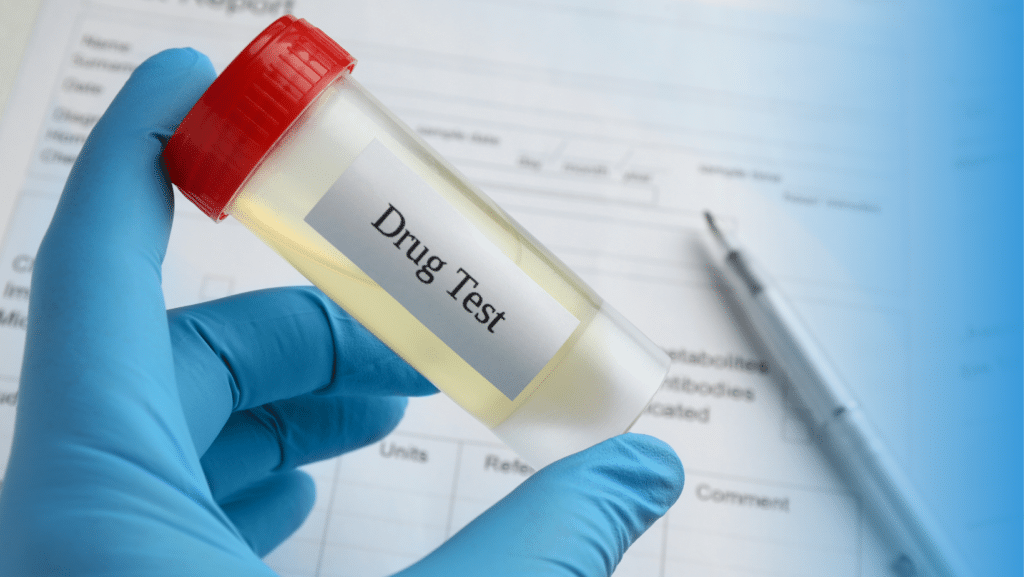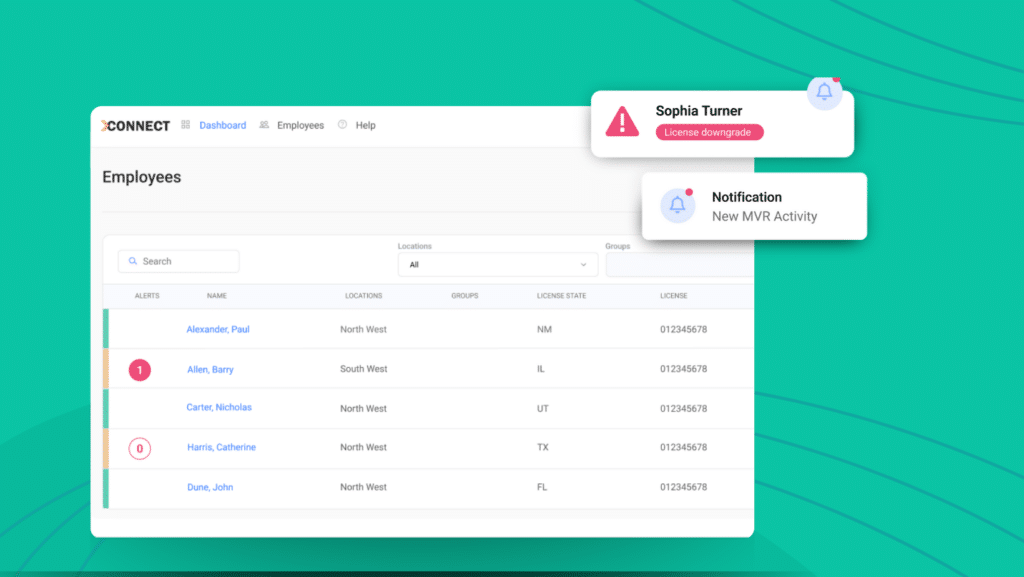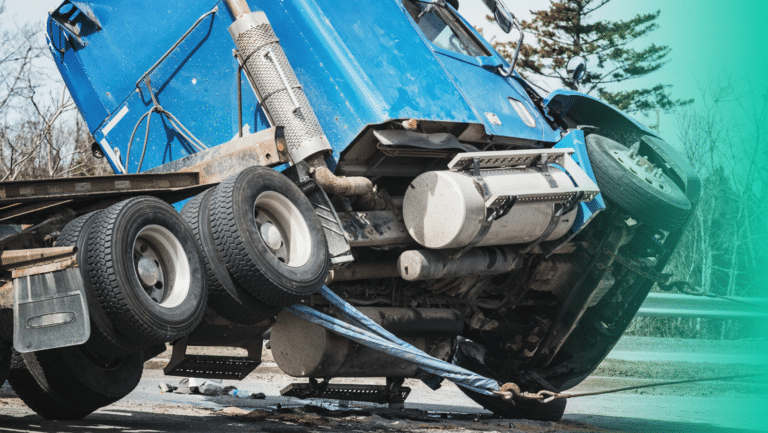How MVR Monitoring Facilitates Compliance with the Clearinghouse II Rule

Each year, the Federal Motor Carrier Safety Administration (FMCSA) proposes and implements changes to trucking regulations to improve safety, enhance efficiency, and address emerging challenges. The latest ruling, effective Nov. 18, 2024, requires State Licensing Departments (SDLs) to remove commercial driving privileges for drivers listed as “prohibited” in the Drug and Alcohol Clearinghouse.
Keep reading to understand what this new rule means to drivers and carriers and how MVR Monitoring technology can help you stay informed of CDL changes and disqualifications.
What is the FMCSA Clearinghouse?
First, let’s start with the basics. The Clearinghouse is a database established by the FMCSA to maintain real-time records of commercial drivers’ drug and alcohol violations. It is a comprehensive resource for employers, state licensing agencies, and law enforcement to access crucial information regarding drivers’ compliance with drug and alcohol testing regulations.
To comply with the FMCSA Clearinghouse, employers must:
- Query the Clearinghouse for current and prospective employees’ drug and alcohol violations before permitting those employees to operate a commercial motor vehicle (CMV) on public roads.
- Annually query the Clearinghouse for each driver they currently employ.
In 2021, the Department of Transportation (DOT) established a penalty of up to $5,833 for each violation related to the drug and alcohol Clearinghouse.
As of February 2024, the Federal Motor Carrier Safety Administration’s (FMCSA) Drug and Alcohol Clearinghouse reported that 81% of total violations are positive drug tests. The Clearinghouse also reported that marijuana is the most common substance found in violations, but 40% of positive tests include other substances.

CDL Downgrades on Prohibited Status: What Does it Mean?
When a commercial driver tests positive for drugs or alcohol or refuses to submit to a required test, they are placed on prohibited status. This status signifies non-compliance with safety regulations and warrants strict consequences to safeguard public safety. According to the first Clearinghouse final rule published as 81 FR87686, drivers with a “prohibited” status cannot operate CMVs. The new Clearinghouse-II rule takes this a step further by mandating that State Driver Licensing Agencies (SDLAs) downgrade their licenses.
“This is ultimately where we want to get with the Clearinghouse,” said Brandon Wiseman, attorney and president of Truck Safe. “Right now, we have a situation where a driver could be in prohibitive status and he or she could still have a valid CDL. If you run a motor vehicle record on the driver, that MVR might be showing that the driver has a valid CDL and is good to operate, but they are actually in prohibited status in the Clearinghouse. We want to link those two systems so that eventually, when a driver is in prohibited status in the Clearinghouse, it automatically negatively impacts their CDL status.” – Fleet Owner.
Read more: Clearinghouse vs MVRs
The new rule aims to rectify this by establishing a clear framework for addressing CDL downgrades resulting from prohibited status. Under this rule, commercial drivers with a downgraded CDL due to prohibited status will face stringent reinstatement requirements, including mandatory completion of the Substance Abuse Professional (SAP) assessment and treatment process. Only drivers who fulfill all requirements, including SAP assessment, treatment completion, and follow-up testing, are eligible for CDL reinstatement. This stringent process ensures that drivers demonstrate their commitment to safety and responsibility before returning to commercial driving duties.
Read more: 2024 New Truck Regulations: What’s changing?
The Smarter Way to Clearinghouse II Compliance: Leveraging MVR Monitoring

Organizations must remain vigilant about driver qualification changes as the Clearinghouse will soon work with SDLAs for license downgrades. This requires checking driving records regularly or, even more effectively, enrolling drivers in an MVR Monitoring program.
MVR Monitoring technology helps ensure compliance with regulations like the FMCSA and Clearinghouse. One key aspect is its ability to promptly alert organizations of new negative changes in their driver’s licenses and records. This includes suspension, DUIs, convictions, and other critical changes such as license downgrades. (The information reported varies by state; please contact us for specifics).
Upon receiving an alert about a license downgrade or any other incidents, organizations can take immediate action, such as removing the driver from the road or taking disciplinary actions if necessary. This proactive approach helps organizations maintain safety standards, reduce risks, and avoid potential penalties for non-compliance.
The Impact of Clearinghouse-II Final Rule
The Clearinghouse II Final Rule represents a significant milestone in the ongoing efforts to enhance safety and accountability. This rule aims to safeguard public safety while supporting drivers needing rehabilitation by addressing CDL downgrades on prohibited status with clarity and consistency.
Need help ensuring driver compliance? Discover how our MVR Monitoring technology works and explore our top-rated safety tools, including Fleet Training, DQF Manager, Electronic Consent Form, and more.
*We are not lawyers. Consult with your legal counsel to ensure your processes and procedures meet/ or exceed safety standards and compliance regulations. Please read our legal disclaimer.






